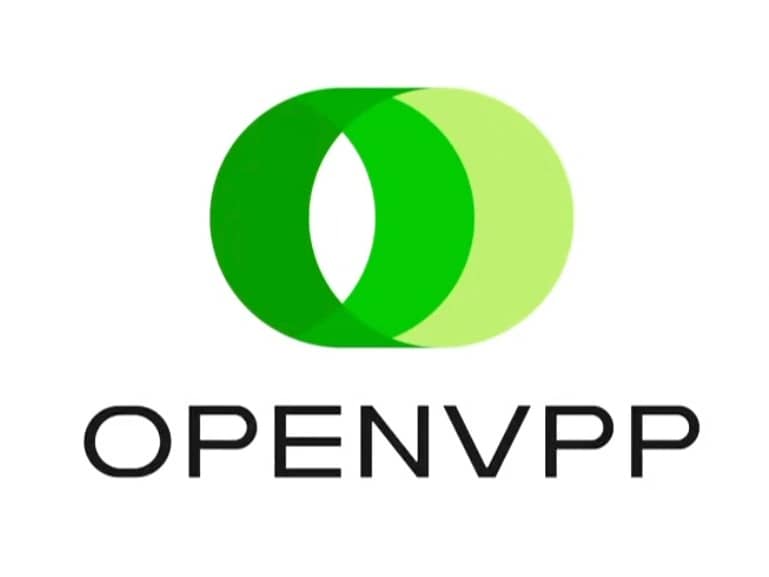订阅 wiki
Share wiki
Bookmark
OpenVPP (OVPP)
OpenVPP (OVPP)
OpenVPP 是一个建立在 Ethereum 区块链 上的去中心化支付和代币化平台,专为全球电力行业设计。[1] [2] 该项目自称为“能源互联网”,旨在为与分布式能源 (DER) 相关的会计、使用跟踪和支付提供一个符合监管的网络,例如电动汽车、太阳能电池板和智能家居设备。[9]
概述
OpenVPP 的开发旨在解决能源行业传统支付系统的低效率问题,该市场每年的交易额超过 10 万亿美元。[2] 该项目认为,传统的链下支付基础设施无法满足智能设备和 DER 日益普及的需求,这些设备和 DER 需要机器自动化流程、小额支付和即时结算功能。这些传统系统通常存在中心化、交易速度慢和安全漏洞等问题。OpenVPP 的解决方案是一个去中心化的链上平台,可以 24/7 全天候运行,并利用稳定币来促进现代能源交易。[2]
该平台旨在充当能源资产的协调层,使电网运营商能够聚合、调度和补偿能源设备网络,从而有效地创建一个全球虚拟发电厂 (VPP)。[2] 通过提供所谓的“受监管的数字资产轨道”,OpenVPP 旨在连接世界的能源支付系统,并帮助公用事业公司管理电网边缘的灵活容量。[9] 该项目被归类为 区块链 行业的去中心化物理基础设施网络 (DePIN) 和能源领域。[8]
历史
OpenVPP 的官方 X(前身为 Twitter)帐户创建于 2024 年 9 月。[9] 该项目的原生代币 OVPP 在其早期的交易历史中经历了显著的价格波动。它在 2025 年 9 月 2 日创下了 0.01586 美元的历史新低。[8] [10] 在 2025 年 9 月 15 日发布社交媒体公告,声称与美国证券交易委员会 (SEC) 建立合作伙伴关系后,该代币的价格在一周内飙升超过 150%,并在 2025 年 9 月 16 日创下历史新高,市值 据报道超过 1.55 亿美元。[11] [10]
价格上涨之后是公众争议。2025 年 9 月 17 日,美国证券交易委员会委员海丝特·皮尔斯 (Hester Peirce) 公开否认了合作声明,称她没有认可任何私人加密货币项目。[12] 在同一时期,它还面临着虚假声称与美国主要能源输送公司 ComEd 建立合作伙伴关系的指控。[8]
2025 年 9 月 19 日,OVPP 代币在 Gate.io 加密货币 交易所上市,交易对为 OVPP/USDT。与此同时,OpenVPP 宣布在该平台上推出 质押 计划。[9] 该项目计划于 2025 年 9 月 21 日在纽约市 Circle 总部参加“释放影响力推介比赛”。[9]
技术
OpenVPP 作为 ERC-20 代币在 Ethereum 区块链 上运行。[7] 该平台的架构建立在三个核心技术创新之上,旨在将 区块链 与能源行业集成。[2]
去中心化集成层
OpenVPP 的一个核心功能是一个通用的路由和集成层,可将公用事业公司与设备提供商和聚合商连接起来。该项目将其描述为“DER(分布式能源)的去中心化点对点‘DNS’”。这种点对点协议旨在允许能源网中的不同利益相关者直接安全地进行交互,而无需依赖中心化中介机构,从而为涉及能源资产的金融交易建立信任层。[2] [1]
稳定币支付层
该平台包含一个定制的支付层,使公用事业公司能够将稳定币集成到自动化的智能能源支付流程中。该系统支持即时支付、小额支付和自动计费。一个关键功能是公用事业公司能够将现有的稳定币“包装”成定制的代币,以满足特定的能源用例,例如客户参与计划或奖励。这种定制由专门的链上预言机促进,这些预言机可以提供基于市场的能源定价数据。[2] [1]
Gas 抽象
为了改善用户体验并促进采用,OpenVPP 实施了一种 gas 抽象机制。此功能旨在通过消除通常与 区块链 交易相关的复杂性,为公用事业客户创造无缝的移动优先体验。安全的、可编程的钱包可以通过 OAuth 集成到现有的公用事业移动应用程序中。最终用户交易的处理无需客户持有原生加密货币代币来支付 gas 费用。相反,“Gas 赞助商”或中继器会广播交易并支付必要的 gas 费用。然后,此成本将从用户在 OVPP 代币或 稳定币 中的余额中扣除,或者完全由公用事业公司赞助作为计划的一部分。[2]
安全性和中心化
GoPlus 通过 CoinGecko 提供的安全分析表明,OVPP 代币合约可能存在中心化风险。该报告指出,该合约具有可变属性,赋予合约创建者重要的控制权。这些功能可能包括禁用销售、更改交易费用、铸造新代币或从任何持有者的钱包中转移代币的能力。[8]
代币经济学
OpenVPP 平台的原生实用代币是 OVPP。[2]
供应和分配
OVPP 的总供应量和最大供应量上限为 1,000,000,000 个代币。截至 2025 年 9 月,流通供应量据报道为 800,000,000 个 OVPP,占总供应量的 80%。[7] 200,000,000 个非流通代币的分配如下:
- 国库: 100,000,000 个 OVPP
- 营销/运营: 100,000,000 个 OVPP(在两个单独的钱包之间平均分配)
此分配信息来自链上数据。[8]
实用性
该项目文档中提到的 OVPP 代币的主要实用性是其在 gas 抽象系统中的作用。用户可以从他们的 OVPP 余额中扣除交易 gas 费用,从而为生态系统中的代币提供实际功能。[2]
争议
2025 年 9 月,OpenVPP 因虚假营销声明的指控而成为多起公众争议的主题。
有争议的海丝特·皮尔斯认可
大约在 2025 年 9 月 15 日左右,OpenVPP 在社交媒体帖子中声称与美国证券交易委员会 (SEC) 委员海丝特·皮尔斯 (Hester Peirce) 合作,她在 加密货币 社区中被广泛称为“加密货币妈妈”。[11] 该公告发布后,OVPP 代币的价格大幅上涨。[10] 然而,9 月 17 日,皮尔斯委员公开驳斥了这一说法,称她不与特定代币项目合作或认可它们。在她发表声明后,据报道 OpenVPP 在社交媒体上隐藏了她的回复。[12] 几家 加密货币 新闻媒体报道了这一事件。[8]
据称与 ComEd 的虚假合作伙伴关系
与此同时,该项目还面临着虚假声称与美国最大的电力公司之一 Commonwealth Edison (ComEd) 建立合作伙伴关系的指控。行业媒体也报道了这些指控。[8]
团队和顾问
OpenVPP 位于加利福尼亚州旧金山,由一位在电力行业拥有经验的联合创始人领导。[9] [1]
领导层
- Parth Kapadia(联合创始人兼首席执行官): Kapadia 之前的经验包括在电力公司 Exelon Corp. 担任职务,以及在 AutoGrid 担任技术产品管理总监,AutoGrid 是一家能源行业软件提供商,后来被施耐德电气公司 Uplight 收购。[1]
顾问委员会
该项目的顾问委员会包括在主要能源和投资公司担任执行和创新职务的个人:
- Craig Cremean: Exelon Corp. 输电运营副总裁
- Kumara Aditya: 在施耐德电气从事数字创新工作
- Matt King: Vanquish Ventures 的创始人兼管理合伙人
更广泛的团队被描述为由开发人员、运营商和营销人员组成,他们拥有来自 Sunrun、Tesla Energy 和 Commonwealth Edison 等能源公司的集体经验。[1]
合作伙伴关系和交易所上市
根据其官方文档,OpenVPP 已与一家主要的 稳定币 发行商和一家价值数十亿美元的能源和公用事业基础设施提供商建立了合作伙伴关系。这些合作伙伴的名称计划在该项目正式启动后公布。[2] 该项目的 2025 年路线图还包括与“机构能源合作伙伴”和“机构 DeFi 合作伙伴”建立正式合作伙伴关系的目标。[1]
OVPP 代币可在中心化和去中心化交易所进行交易。主要交易场所包括:
Uniswap v2 上的 OVPP/WETH 交易对历来占该代币 24 小时交易量的大部分。[7]
发现错误了吗?
